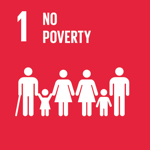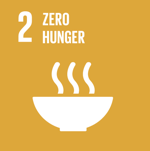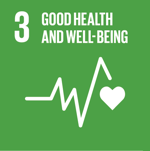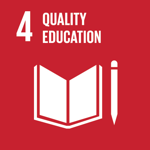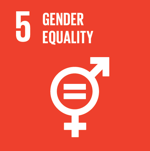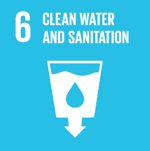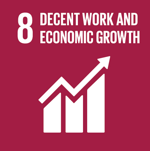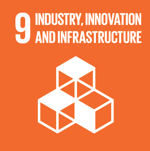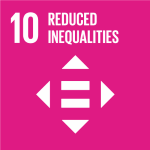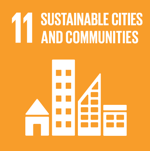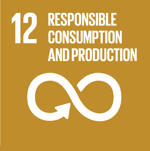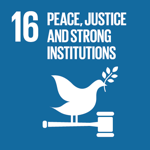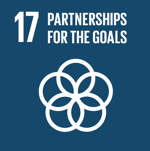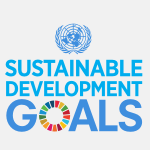Reduced Inequalities


Home » Reduced Inequalities » SDG 10- Hilma – Converging Hi-Tech and Social impact in Israel
SDG 10- Hilma – Converging Hi-Tech and Social impact in Israel
About Hilma
Founded by Yossi Tsuria, Hilma is a hi-tech non-profit established in 2018. Hilma was launched as a collaboration of several Israeli hi-tech executives who aimed at converging hi tech and social impact activity. Hilma trains young, talented, and motivated Israelis in technological solutions. In fact, 50 out of 60 of their programmers are young women who are volunteering in the “Carmel 6000” framework as part of their national service years (in cooperation with the Education Ministry and the Israel Innovation Authority). They provide technological solutions or develop applications to improve education, health, and welfare for the broader population. Hilma-tech believes that every individual has a right to live an enjoyable life, filled with empowerment and support. They focus on solutions for disadvantaged and disabled persons. Here are just a few of the social impact initiatives Hilma is working on.
Impact on people with disabilities
Hilma is applying technology to improve the day to day life of people with special needs and disabilities in the community. Since transport is one of the challenges, the Hilma team designed a system called VanGo. This system is specifically designed for children with special medical needs. It ensures the children travel and arrive safe and sound. Drives can easily see what special medical needs the child has and parents can track their child’s transportation in real-time. It is especially supportive during the uncertainties of the COVID-19 change in daily situations.
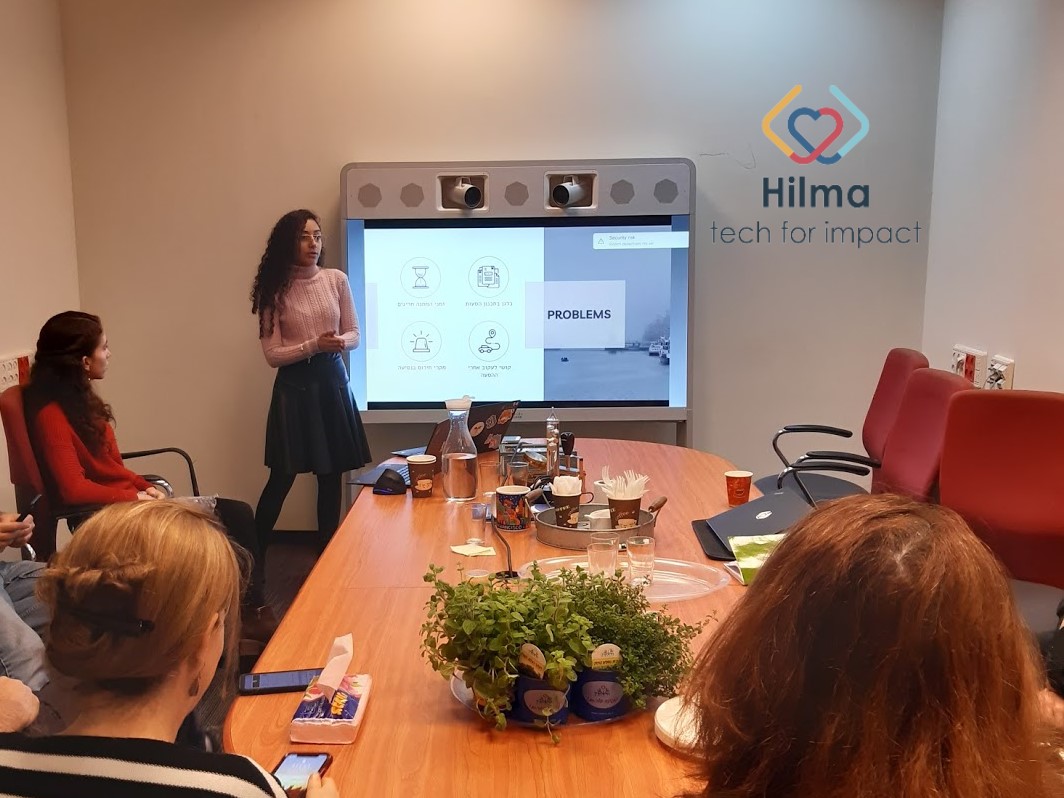

Impact on hospitals
Hilma also developed a technological solution for hospitals. The company has designed a system to improve the services and treatment patients receive in hospitals. HospiCall is a system that allows the patient to use the call button at their bedside to better communicate with medical staff by providing pain level monitoring, emergency call, and notification to the nurse for the patient’s intended treatment. The system is designed to significantly reduce the number of deaths in a hospital.
Impact on social welfare
Here too the company has implemented a technological solution to improve people’s social welfare in the community. Hilma has a personal diagnostic risk level questionnaire that helps victims of marital violence know their levels of risk in their relationship. Also, it provides the victim with contact information for organizations that can help.
Hilma and the SDG
The hi-tech solutions that Hilma provides go hand in hand with the United Nations 17 SDGs to transform our world by 2030. Goal number 10 is to reduce inequalities. This includes inequalities for persons with mental impairments or psychological disabilities. This is a big challenge as 36% of countries have no laws to protect persons with a mental impairment from discrimination. Hilma’s VanGo program is specifically designed to improve transportation for kids with special medical needs. This allows them to get the education, physical therapy, and social interaction they need while parents can monitor to make sure their child is safe from door to door.
Goal number 5 of the SDG is to achieve gender equality. This includes eliminating all forms of violence against women and girls in the public and private sphere. This also is a big challenge. According to the UN, 1 in 5 women and girls between the ages of 15 and 49 report experiencing physical or sexual violence by an intimate partner within a 12-month period. Hilma’s uses technology to help women identify their risk for domestic abuse by using a specially designed questionnaire and then providing them with resources to get help.
Lastly, Hilma’s Hospital solution helps improve the treatment patients receive and reduces hospital deaths. This coincides with SDG goal 3 of good health and well-being.
Hilma is becoming a leading nonprofit that revolutionizes Israel’s social hi-tech ecosystem. Go Hilma!
Related articles
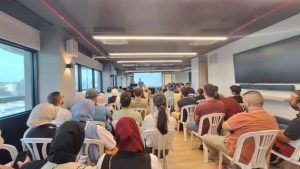

SDG 10 – Impact Progress for East Jerusalem
Reduced Inequalities It has been a noisy few months in Israel. Not just on the judicial reform issue, mind you – also concerning social impact
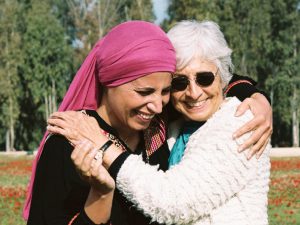

SDG 10-Arab Equality – From 30,000 Feet
Reduced Inequalities Time flies when writing about social impact issues in Israel. So much so that we failed to notice that it’s been awhile since


SDG 10-Emerging from Corona with Disabilities & Special Needs
Reduced Inequalities Following an approximately six-week shutdown, Israel is now accelerating measures restoring life to as close to the pre-coronavirus reality as possible. At the

